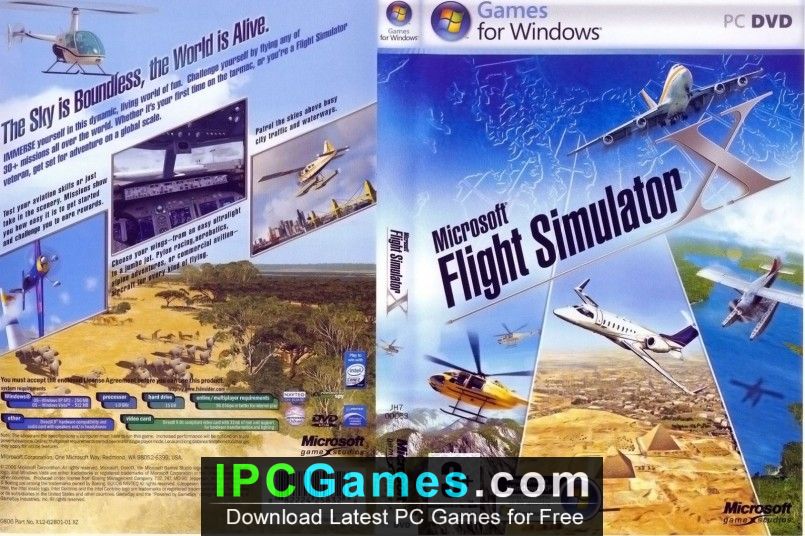

However, P3D is still Microsoft ESP under the bonnet and the engine is simply not up to the demands of the modern flight sim community as add-on developers produce ever more detailed and realistic scenery, aeroplanes and weather effects products. You don't necessarily need an overclocked Intel i9 married to a Nvidia GTX2080 graphics card feeding multiple 4K monitors to get an enjoyably immersive experience, as much as those things help.

LM has done a solid job of updating the FSX/P3D engine to make full use of modern 64-bit processor architectures and multi-core CPUs and GPUs, unlocking decent performance and frame rates even on modest hardware. No sir, nope, categorically not: the EULA says it's for commercial or academic use only and that's that. Lockheed Martin took up ESP after Microsoft gave up on the platform, turning it into the Prepar3d (P3D) commercial flight simulator package â which, by the way, is absolutely, definitely, in no way still a consumer product with backwards compatibility for most FSX add-ons and a thriving consumer-focused commercial add-on ecosystem. It is not known whether the new game will use ESP. The underlying game engine of several iterations of MSFS, Microsoft Enterprise Simulation Platform (ESP), was relatively old even back in 2006, being an incremental extension of the game engines underpinning earlier versions of FS. It's not hard to imagine that Microsoft wants to get back into those sweet licensing deals again, having woken up to a fanbase that still hasn't fallen out of love with the product after 13 years of nothing. Indeed, FSX â courtesy of Dovetail Games along with Steam â still enjoys a relatively large following in today's home flight simulation market, with a dazzling array of free and paid-for add-ons still being developed and marketed to this day.


 0 kommentar(er)
0 kommentar(er)
